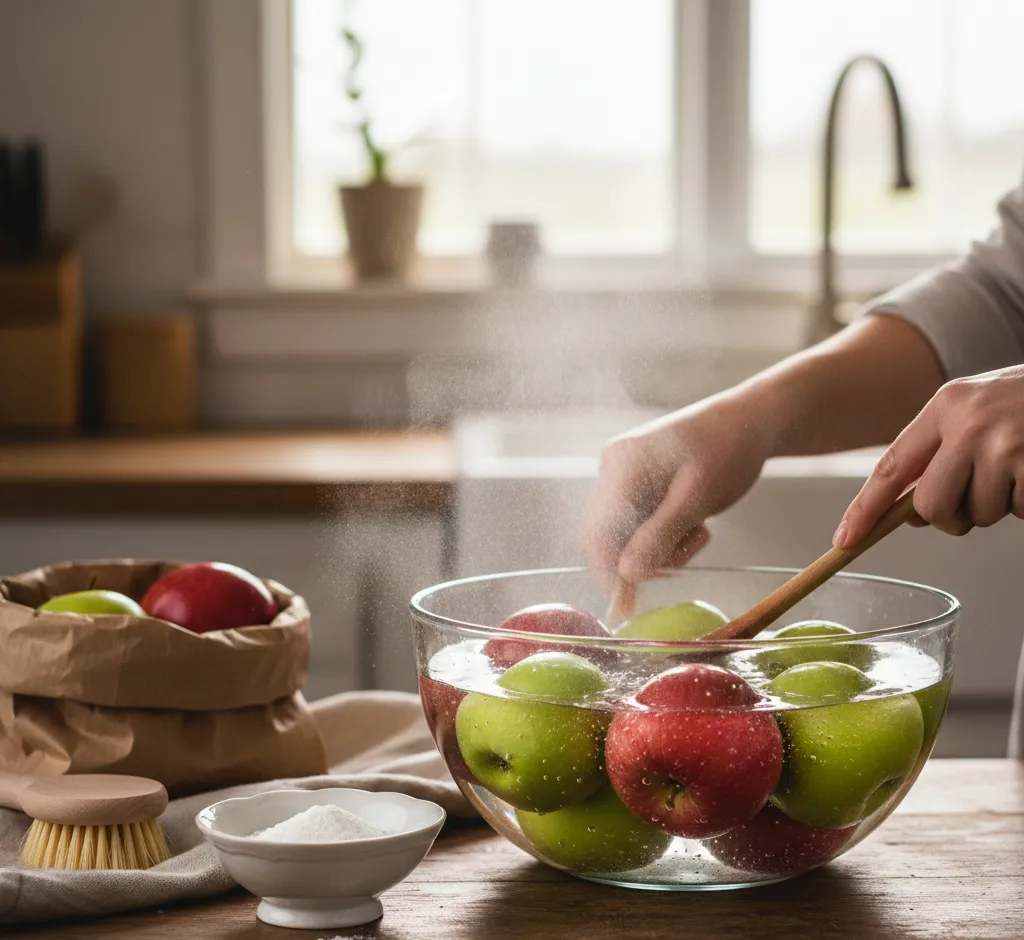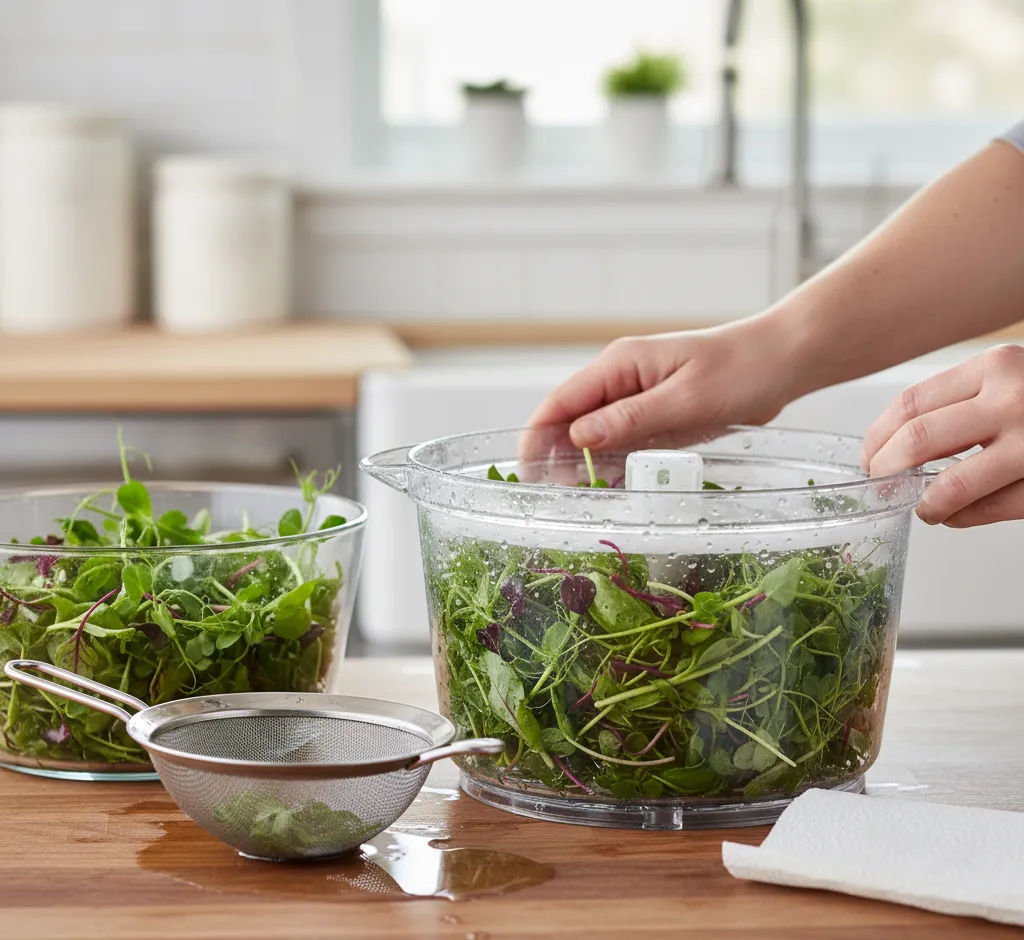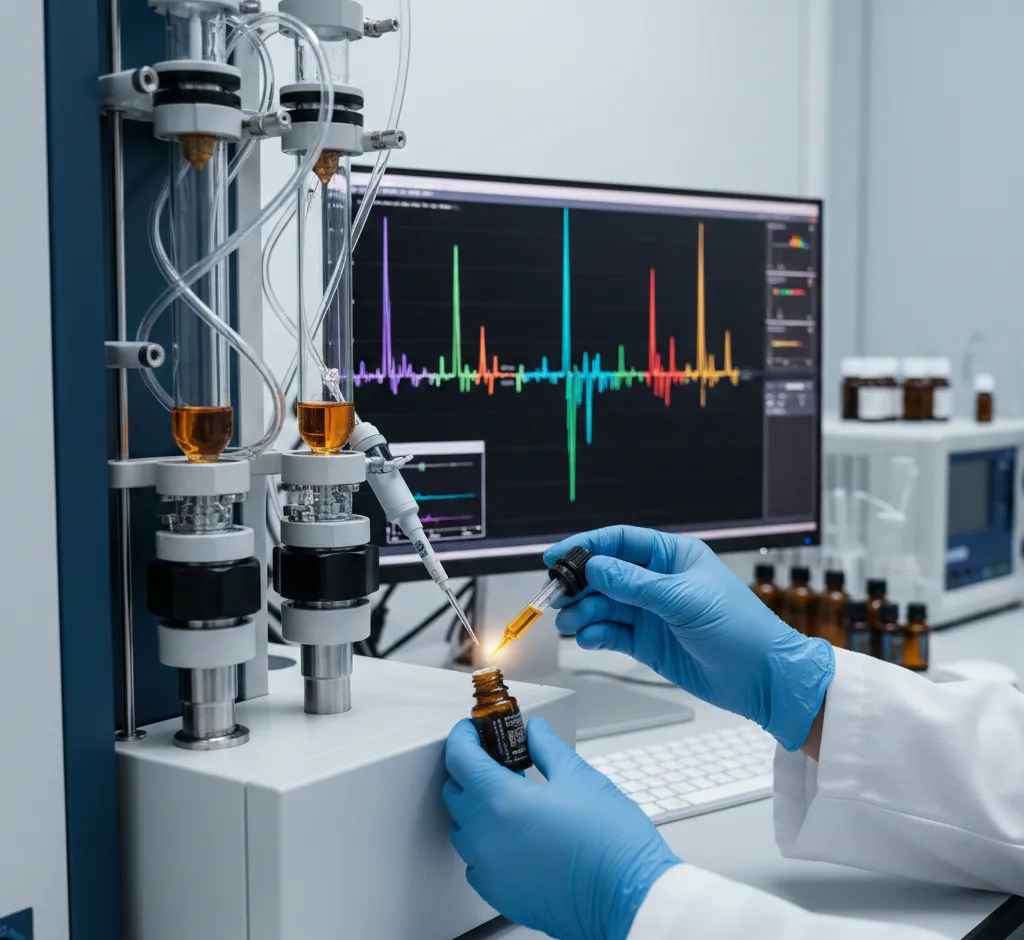The Ultimate Guide: How to Wash Apples Effectively to Remove Wax and Pesticide Residue
Learn the most effective, scientifically-backed methods to clean apples and remove pesticide residue, commercial wax, and surface pathogens using simple household ingredients like baking soda and vinegar.

Apples are a beloved, healthy snack, often cited as one of the world's most nutritious fruits. However, they consistently appear on 'Dirty Dozen' lists due to high levels of pesticide residue. Furthermore, many commercially sold apples are coated with a protective layer of wax to improve shelf life and appearance. To truly enjoy an apple, you need to know how to clean it properly.
This ultimate guide provides evidence-based, step-by-step methods to ensure your apples are as clean and safe as possible before you take that first crisp bite.
Understanding the Residue: What Are You Washing Off?
Before diving into the cleaning methods, it’s helpful to know exactly what you are trying to remove:
- Pesticide Residue: These are chemical substances used by farmers to protect crops from insects, fungi, and rodents. While regulations exist for safe limits, washing is essential to minimize ingestion. Pesticides are often systemic (absorbed by the plant) but a significant amount sits on the surface.
- Commercial Wax Coating: Apples naturally produce a thin layer of wax, but this is often washed off during processing. Commercial growers then apply a new, food-grade wax (like carnauba or shellac) to replace the natural coating, prevent moisture loss, and keep the apples looking shiny. This wax can trap residual pesticides.
- Dirt and Pathogens: Basic debris, dust, and microorganisms (like *E. coli* or *Salmonella*) can be present from handling, shipping, or the field.
🍎 The Best Cleaning Methods for Maximum Residue Removal
Research has shown that while running water is better than nothing, soaking and scrubbing with certain household solutions is far more effective.
Method 1: The Baking Soda Power Wash (Scientifically Proven)
This is arguably the most effective method, validated by a study published in the *Journal of Agricultural and Food Chemistry*.
Step-by-Step Instructions:
- Prepare the Solution: Fill a large bowl or clean sink with approximately four cups of water. Add 1-2 tablespoons of baking soda. Stir until the baking soda is dissolved.
- Soak the Apples: Submerge your apples completely in the solution.
- The Soaking Time: For optimal results, soak the apples for **12 to 15 minutes**. This long soak time is necessary for the baking soda to penetrate the waxy layer and work on the residue.
- Rinse and Scrub: Remove the apples and rinse them thoroughly under cool, running water. Use a clean produce brush, cloth, or your hands to gently scrub the skin while rinsing, paying special attention to the stem and blossom ends.
- Dry Immediately: Pat the apples dry with a clean cloth or paper towel to remove any remaining water and residue.
Method 2: The Vinegar Soak (Effective and Acidic)
Distilled white vinegar is a powerful, natural sanitizer due to its acidic properties. While it may not break down all pesticides as effectively as baking soda, it is excellent at killing surface bacteria and cutting through wax.
Step-by-Step Instructions:
- Create the Mix: Combine a solution of 3 parts water to 1 part distilled white vinegar (e.g., 3 cups water and 1 cup vinegar).
- Soak: Submerge the apples for **5 to 10 minutes**. Do not soak for too long, as the vinegar's strong odor and taste can be absorbed by the fruit.
- Rinse and Dry: Rinse the apples vigorously under cold water to remove all traces of vinegar. Dry them completely.
Method 3: The Hot Water and Rub Method (For Quick Wax Removal)
If your primary concern is the thick, visible wax coating, hot water can help loosen and melt it quickly. This method is generally less effective for deep-seated pesticide residue.
- Run your apples under **warm to slightly hot** water. The water should be warm enough to soften the wax but not hot enough to cook the fruit or make it difficult to handle.
- While the water is running, vigorously rub the skin with a clean cloth or your fingers. You may see a milky or cloudy residue coming off—that is the wax.
- Finish with a cool water rinse.
❌ Methods to AVOID
When cleaning produce, it's just as important to know what not to use:
- Dish Soap or Detergent: Never use dish soap. Detergents are not intended for food and can leave harmful chemical residues and unpleasant tastes on the fruit.
- Commercial Produce Washes: These are often expensive and studies have shown they are typically no more effective than a simple baking soda or vinegar solution. In some cases, they can be less effective.
- Bleach or Strong Chemicals: This is an obvious but necessary warning—these substances are highly toxic and should never be used on food.
💡 Storage and Preparation Best Practices
A few final tips ensure your cleaning efforts don't go to waste:
Washing Just Before Eating
It is crucial to wash apples (and most produce) **immediately before you intend to eat or prepare them.** Washing produce prematurely can remove the natural protective layer and introduce moisture, which creates an ideal environment for bacteria growth and spoilage in the refrigerator.
What About Organic Apples?
Even organic apples should be washed. While they are grown without synthetic pesticides, they can still be treated with approved natural pesticides, and they are susceptible to dirt, bacteria, and commercial wax (although the wax used is typically plant- or insect-derived and certified organic).
Handling Bruised Apples
Bruised or damaged areas of an apple are points where bacteria can easily enter. If an apple has a significant bruise, cut away and discard the damaged portion entirely before cleaning and eating the rest of the fruit.
Summary Table of Effectiveness
| Cleaning Method | Pesticide Removal | Wax Removal | Pathogen Removal |
|---|---|---|---|
| Plain Running Water | Low | Low | Moderate |
| Baking Soda Soak (15 Min) | High | High | High |
| Vinegar Soak (5-10 Min) | Moderate-High | High | High |
By implementing the **Baking Soda Power Wash** method, you can significantly reduce your exposure to unwanted chemical and waxy residues, transforming a simple, potentially contaminated apple into a clean, safe, and truly healthy snack.


